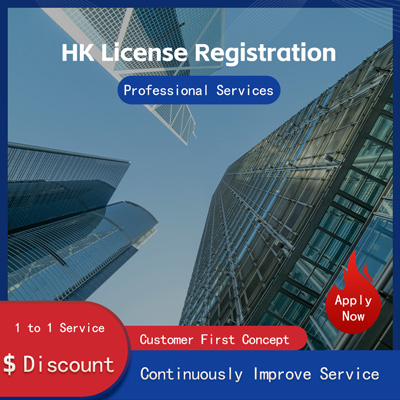
How Hong Kong Employees Can Handle MPF A Comprehensive Guide
Hong Kong employees often hear about Mandatory Provident Fund MPF, commonly referred to as in Chinese, which is the city's retirement savings scheme. The MPF was established under the Mandatory Provident Fund Schemes Ordinance to ensure that workers in Hong Kong can save for their retirement and have financial security when they stop working. This comprehensive guide will walk you through everything you need to know about how Hong Kong employees can set up and manage their MPF accounts.
When you start a new job in Hong Kong, your employer is required by law to enroll you in an MPF scheme within 60 days of your employment commencement. The contribution process is shared between the employer and employee, with each party contributing 5% of your relevant income, up to a statutory ceiling of HKD 25,000 per month. For example, if your monthly salary is HKD 20,000, both you and your employer will contribute HKD 1,000 each month to your MPF account.

The first step in setting up your MPF account is selecting a scheme administrator. There are several authorized MPF providers in Hong Kong, such as Hang Seng Investment Management and Manulife Investment Management. These administrators offer different investment options, so it’s important to choose one that aligns with your risk tolerance and financial goals. Many employers facilitate this process by helping new employees open their accounts directly with a chosen provider.
Once your account is opened, you'll receive an MPF account statement every quarter. This document outlines your contributions, any employer contributions, and the performance of your investments. It’s crucial to review these statements regularly to ensure accuracy and make informed decisions about your fund selections. If you notice any discrepancies or errors, contact your scheme administrator immediately.
One common concern among employees is how the MPF affects their tax obligations. In Hong Kong, MPF contributions are tax-deductible, meaning they reduce your taxable income. For instance, if your annual salary is HKD 240,000 and you contribute HKD 12,000 annually to your MPF, your taxable income would be reduced to HKD 228,000. This deduction can result in significant tax savings, making the MPF scheme even more beneficial for long-term financial planning.
For those who are self-employed, the rules regarding MPF contributions are slightly different. Self-employed individuals are responsible for making mandatory contributions on their own, as there is no employer involved. They must also enroll in an MPF scheme and contribute at least 5% of their relevant income, subject to the same monthly ceiling as employed individuals.
In recent years, the MPF system has undergone various reforms aimed at enhancing its efficiency and transparency. According to news reports, the Hong Kong government introduced a Supermarket approach in 2017, allowing members to consolidate their multiple MPF accounts into one. This initiative simplifies the management of accounts, particularly for individuals who have changed jobs frequently and accumulated multiple funds over time. By consolidating accounts, members can reduce administrative costs and potentially improve their investment returns.
Another noteworthy development is the introduction of the MPF Low Fee Cap Scheme. This scheme caps the maximum annual management fee for certain low-risk funds at 0.75%. This measure benefits lower-income earners who may have smaller balances in their accounts but still incur high relative fees. As reported by local media, the cap ensures that even small investors can enjoy cost-effective management services.
Employees should also be aware of the MPF Levy Reduction Scheme, which provides a reduction in the levy payable by employers. This incentive encourages businesses to participate actively in the MPF system while ensuring that employees receive the full benefit of their contributions. According to official statistics, this scheme has successfully increased employer participation rates across various industries.
When it comes to withdrawing funds from your MPF account, there are specific rules and conditions to follow. Generally, you can withdraw your MPF benefits upon reaching the age of 65, provided you have ceased gainful employment. However, there are exceptions for early withdrawals due to severe financial hardship or emigration. It’s essential to consult with your scheme administrator to understand the exact procedures and documentation required for such cases.
In addition to the standard MPF scheme, there are other supplementary retirement savings options available in Hong Kong. For instance, the Voluntary Occupational Retirement Schemes VORSA allow employers to offer additional retirement benefits to their employees. These schemes provide greater flexibility and customization compared to the compulsory MPF program. While not all companies offer VORSA, it’s worth discussing with your employer if you’re interested in exploring these alternatives.
As Hong Kong continues to evolve as a global financial hub, the MPF system remains a cornerstone of its retirement planning framework. Employees can take advantage of the various resources and tools provided by their scheme administrators to maximize their savings potential. Regularly reviewing your investment portfolio and staying informed about updates to the MPF regulations can help ensure that your retirement savings grow steadily over time.
In conclusion, the MPF system plays a vital role in securing the future of Hong Kong workers. By understanding how to navigate the complexities of MPF accounts and taking advantage of the available benefits, employees can build a solid foundation for their retirement. Whether you’re just starting your career or nearing retirement age, being proactive about your MPF contributions and investments can make a significant difference in achieving long-term financial stability.
Helpful (0)
No help (0)
Still have questions after reading? More than 98,000 users have contacted us. Please fill in the following information to obtain business information.

Previous Article
Deep Understanding of Hong Kong Company's Business Registration Number and Its Importance
Apr 12, 2025Service Scope
MoreRecommended for You
- Starting a Company in Singapore Is Easier Than You Think! A Step-by-Step Guide from Registration to Launch, and How to Seize Your Next Big Entrepreneurial Opportunity
- What Special Procedures Do You Need to Open a Company in Singapore? This Practical Guide Will Get You Started Smoothly!
- Do Singapore Companies Really Need Annual Audits? Here’s Why They Matter and How They Affect Your Business
- Complete Guide to Singapore Company Annual Filing A Must-Read Handbook for Business Owners
- How to Start a Company in Singapore A Step-by-Step Guide to the Process and Benefits
- How to Register a U.S. Business for Your Singapore Company? A Step-by-Step Guide to Master the Entire Process
- Dollar NRA Accounts Unlocking New Opportunities in Wealth Management - Have You Tried One Yet?
- Under a VIE structure, how do domestic shareholders pay income tax? Here are the key issues you need to understand
- Step-by-Step Guide to Easily Register a Company in Singapore - Key Steps Fully Explained!
- Step-by-Step Guide to Registering a Company in Singapore and Easily Unlocking Global Markets
- Opening a Personal Bank Account in Singapore? Here’s a Step-by-Step Guide to Help You Through the Whole Process and Key Things to Watch Out For!
- How to Choose a Reliable Accounting Firm to Manage Your Finances When Starting a Business in Singapore
- Thinking of starting a company in Singapore? Here’s what you need to know about registration requirements!
- Why Are More People Choosing to Register a Company in Singapore? A Simple Guide to the Full Process and Benefits for Individuals
- How to Start a Company in Singapore? A Complete Guide to the Registration Process and Practical Tips
- How to Handle Accounting and Tax Filing for a Singapore Company? Key Steps and Important Tips You Should Know
- Standard Chartered Bank Singapore Smarter, Easier Money Management
- How to Register a Company in Singapore? A Step-by-Step Guide with Required Documents and Tips to Avoid Common Mistakes
- Why Are More and More Chinese People Starting Companies in Singapore? There’s Actually a Lot Behind It
- Want to open a bank account in Singapore? Here's a step-by-step guide to help you get started from scratch!


 ONE
ONE
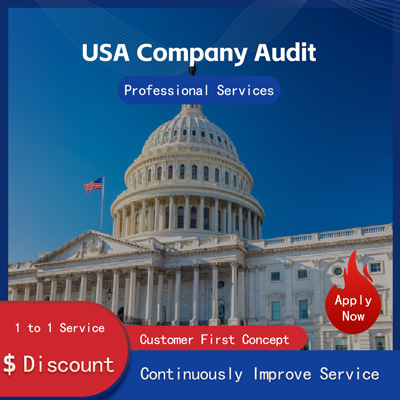
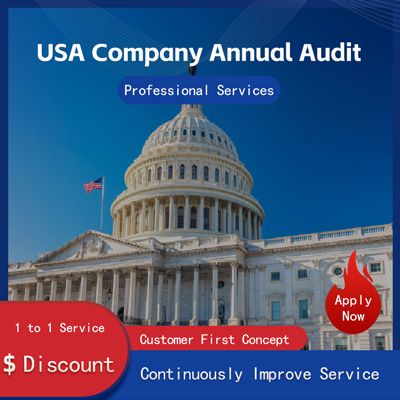

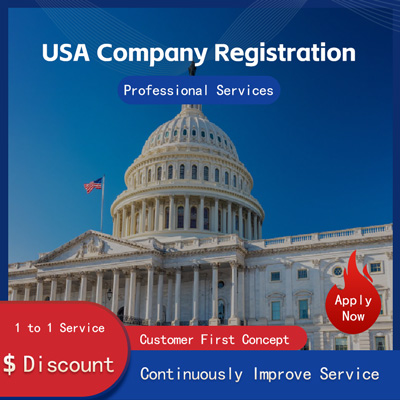
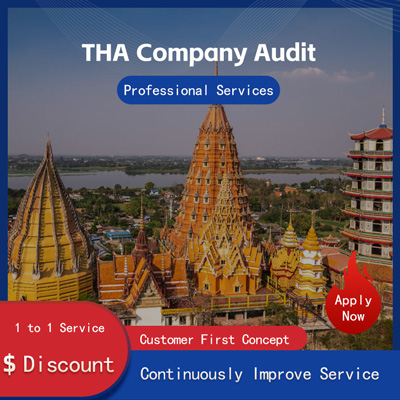
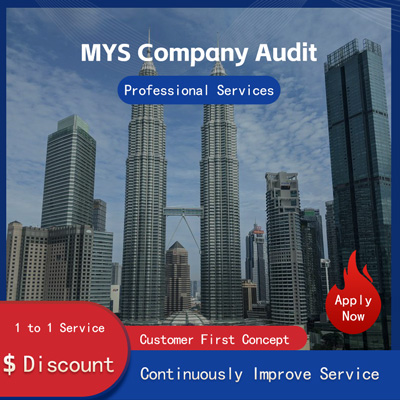
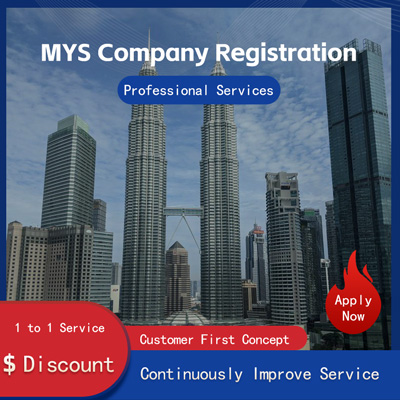
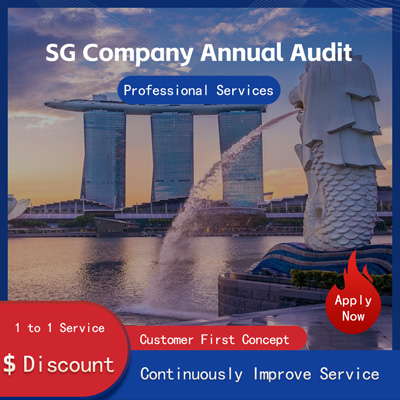
Customer Reviews
Small *** Table
December 12, 2024The experience was very good. I was still struggling to compare it with other companies. I went to the site a few days ago and wanted to implement it as soon as possible. I didn't expect that everything exceeded my expectations. The company is very large, with several hundred square meters. The employees are also dedicated and responsible. There is also a wall of certificates. I placed an order on the spot. It turned out that I did not make a wrong choice. The company's service attitude is very good and professional. The person who contacted me explained various things in detail in advance. After placing the order, the follow-up was also very timely, and they took the initiative to report the progress to me. In short, I am very satisfied and recommend this company!
Lin *** e
December 18, 2024When I first consulted customer service, they recommended an agent to me. They were very professional and patient and provided excellent service. They answered my questions as they came in. This 2-to-1 service model is very thoughtful. I had a lot of questions that I didn’t understand, and it’s not easy to register a company in Hong Kong. Fortunately, I have you.
t *** 7
December 19, 2024I originally thought that they only did mainland business, but I didn’t expect that they had been doing Hong Kong business and were doing very well. After the on-site interview, I decided to ask them to arrange the registration of my Hong Kong company. They helped me complete it very quickly and provided all the necessary information. The efficiency was awesome. It turns out that professional things should be done by professionals.👍
b *** 5
December 16, 2024In order to register a company in Hong Kong, I compared many platforms and stores and finally chose this store. The merchant said that they have been operating offline for more than 10 years and are indeed an old team of corporate services. The efficiency is first-class, and the customer service is also very professional.